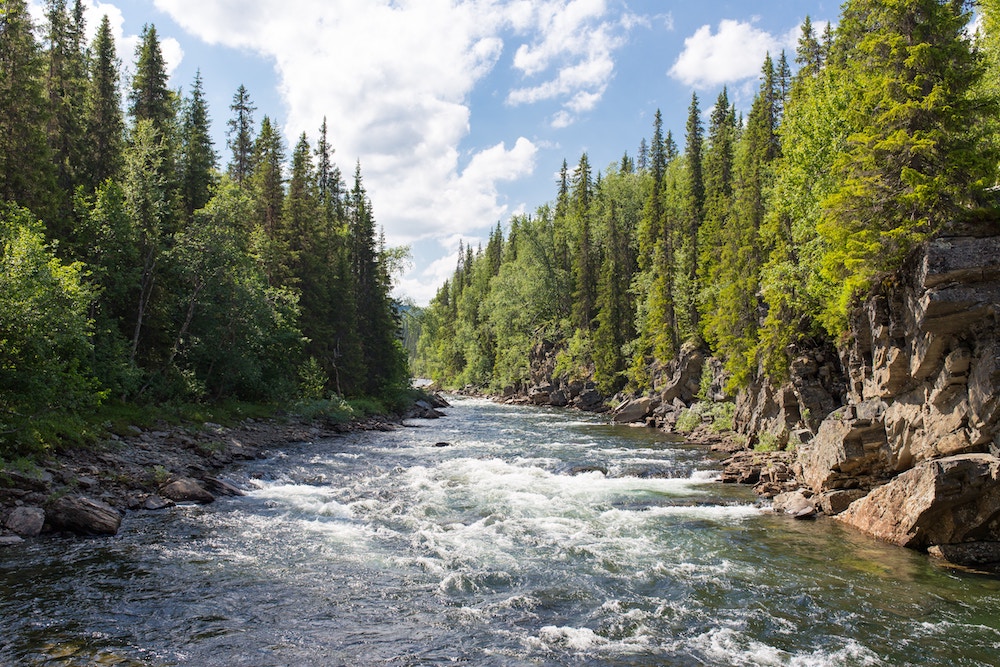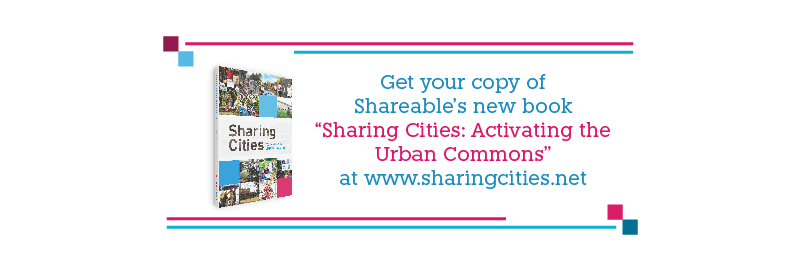The oceans were the original global commons, shed and navigated for ages. But new technologies have added numerous challenges to sustaining our oceans: offshore oil drilling, deep-sea mining, and overfishing. However, it's crucial that water, both freshwater and saltwater, remains a commons and held in the public trust, because access to clean and affordable water is a basic human right.
A widespread approach to delivering water to cities consists of establishing a municipal entity, under direct or indirect local governmental control, that collects water dues from all customers (residential as well as businesses). Water rates are determined through a political process, and are intended to provide affordable water supply and sewage treatment while covering the costs. Public water supplies of this kind are often highly successful, especially in countries where there are effective methods to keep local government accountable to its citizens. However, in some cases, municipal water utilities may become inefficient (providing a service of low quality or at high cost) if insufficient incentives are built into the system to ensure that the service is continually upgraded. In extreme cases, municipal utilities may fall seriously behind in provisioning growing cities, or may provide jobs as a form of political patronage.
One type of water distribution, beyond public and private, is a cooperative system, where the distribution system is owned by its customers. The existence of this alternative is too often ignored, but it is by no means rare. For example, in the U.S., there are over 3,000 rural water cooperatives, which were set up since the New Deal in order to cheaply build up and maintain a water supply infrastructure in the rural areas of the country.
Regardless of the ownership of a water utility (public, private, or cooperative), a utility may return polluted water to a river or the sea — especially if downriver users are not able to make an impact on decision-making. This points to the need for larger communities to assert their rights to clean water. —Emily Skeehan and Nikolas Kichler
1. Tarun Bharat Sangh: Fostering Community-driven Solutions to Secure Water Access and Rejuvenate Rivers
India makes up around 18 percent of the global population, and yet only has access to 4 percent of the world's drinkable water resources, according to CNN. Since the 1980s, both rural and urban areas in the country have faced drinking-water shortages and crop failures. This scarcity is exacerbated by river pollution associated with sewage disposal and industrial waste. To address this crisis, in 1985, Rajendra Singh and others formed the local nongovernmental organization Tarun Bharat Sangh (TBS, or Young India Organization) in Alvar, a rural district in Rajasthan.
TBS has worked with rural villagers to revive the use of traditional water-harvesting solutions. In particular, they used "johads" (small earthen reservoirs) to harvest rainwater in a way that reduced evaporation losses to substantially replenish local aquifers. People also shifted to organic farming techniques to make more efficient use of water. TBS advocated for these and other methods of water management as a way to bring about a culture of self-sufficiency to local farming communities. The River Arvari Parliament expanded on this objective. Following the revival of the Arvari River in 1990, representatives from the area's 72 villages formed the transparent, community-driven "river parliament" to maintain the health of the river. To date, Rajasthan communities have created and managed more than 11,000 johads, replenishing more than 250,000 wells. Within 28 years, seven river systems that had been dried up for 80 years have been revived. —Nikolas Kichler
2. Resident Development Committees: Community-led Management Over Local Water Supplies
Among the African nations, Zambia is one of the most rapidly urbanizing countries in the continent. In its capital, Lusaka, 60 percent of the population live in unplanned settlements that are an urban and rural hybrid. This has led to extensive administrative challenges over clean water and public sanitation. In response, the Lusaka Water and Sewage Company, the Lusaka City Council, and various nongovernmental organizations worked together to develop Resident Development Committees (RDCs). The RDCs provide legal entities for local residents to foster cooperation with unplanned neighborhoods, thereby allowing planning, construction, and maintenance of water utilities to become self-organized and co-managed through them. Financial responsibilities, such as fee collection, are also under their jurisdiction. Over time, the RDCs have become the primary managing units for local collective decision-making over water issues, and have sustained a regular flow of information, transparency, and accountability to the communities they represent. Many neighborhoods now have access to a reliable and largely self-sustaining source of clean water. The benefits of RDCs for unplanned communities have been so convincing that formally planned areas are also advocating for the same model. Learn more from the review of Bangalore and Lusaka case studies, a paper on groundwater self-supply in Zambia, and this article on Zambia’s water service gap—Nikolas Kichler
3. depave: Communities Turning Pavement Into Green Public Space
Paved surfaces contribute to stormwater pollution, by directing rainwater with toxic urban pollutants to local streams and rivers. This, in turn, degrades water quality and natural habitats. Since Portland receives a lot of rain, impervious pavements are especially problematic for the city’s stormwater management. Two friends from Portland thought of a straightforward solution to this problem: remove as much impervious pavement as possible. They organized their first official depaving event in 2008. Since then, they formed depave, a nonprofit organization that promotes the removal of pavement from urban areas to address the harmful effects of stormwater runoff, as well as to create green public spaces. depave seeks out groups that are already community-oriented, such as schools and faith-based groups, and encourages them to work together on the same project. depave has coordinated over 50 depaving projects in Portland. Eric Rosewall, depave's co-founder, reports the organization has depaved more than 12,500 square meters of asphalt since 2008, diverting an estimated 12,000 cubic meters of stormwater from storm drains. Over the years, depave has grown to support depaving across the Portland metro region and beyond, through their depave network training services. —Eric Rosewall (depave) and Adrien Labaeye
These three short case studies are adapted from our latest book, "Sharing Cities: Activating the Urban Commons."
Header photo by Jon Flobrant via Unsplash










